Search Results
116 records found
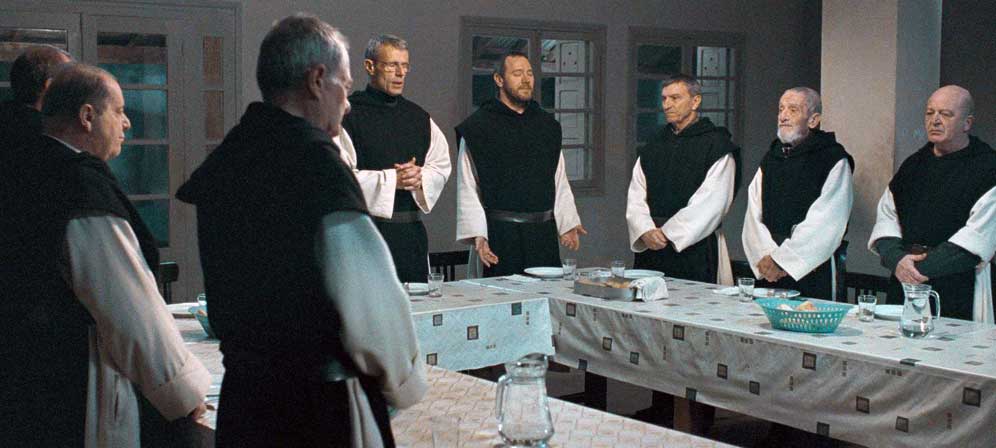
Of Gods and Men (2010)
Xavier Beauvois’ sublime Of Gods and Men is that almost unheard-of film that you do not judge—it judges you. To one degree or another it defies every attempt to put it in a box, to reduce its challenge to a political or pious ideological stance to be affirmed or critiqued.
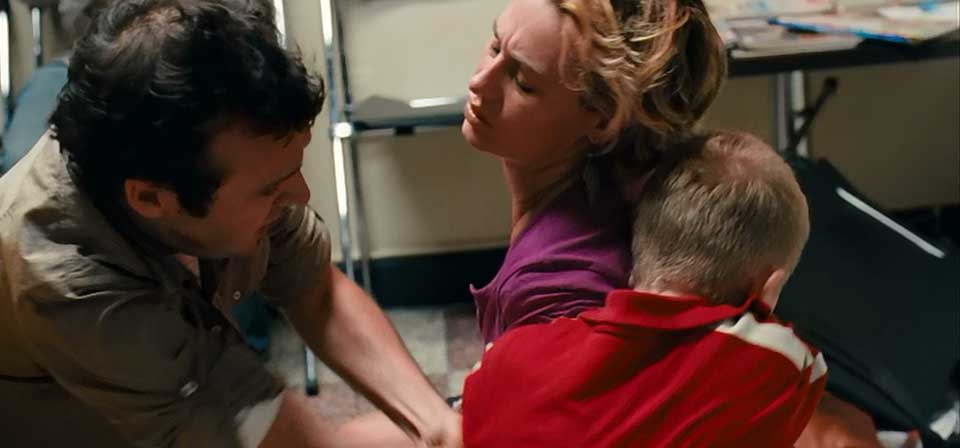
The Kid With a Bike (2011)
Here is a film that will break your heart, fill it with hope and challenge you to say Yes to God and to your neighbor, all at once.
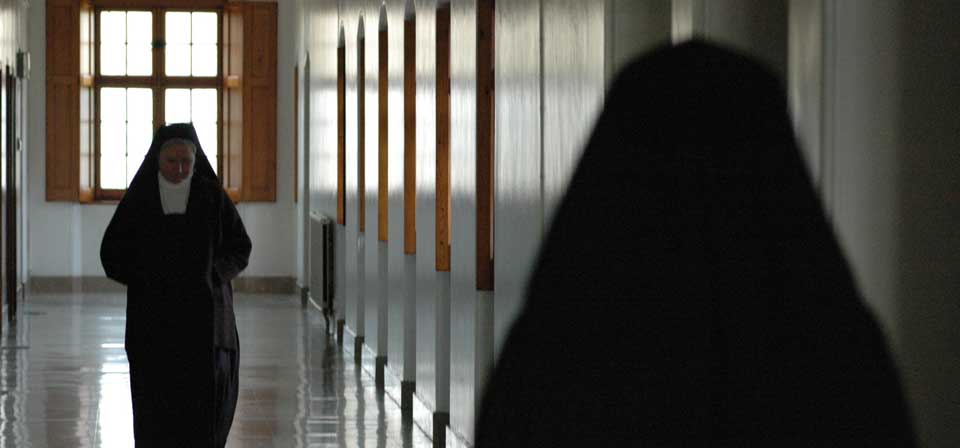
No Greater Love (2009)
Filmmaker Michael Whyte actually lived across the square from the monastery for years without realizing it was still occupied. One day he heard the monastery bell calling the sisters to prayer.
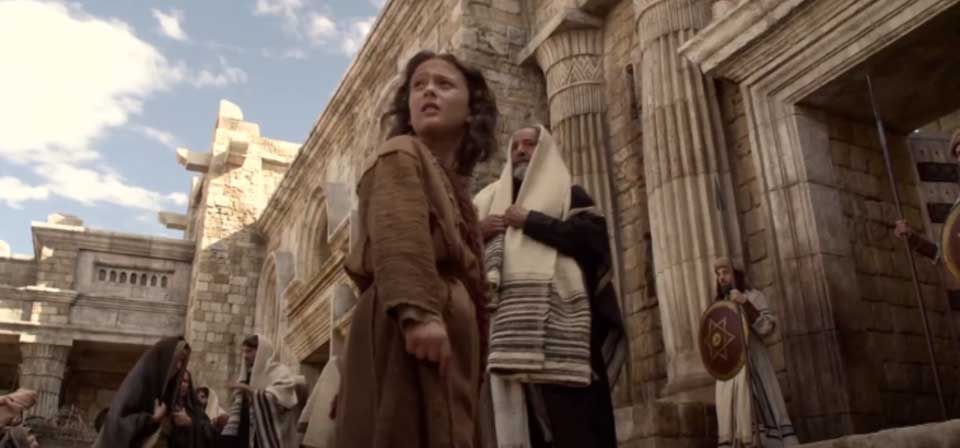
The Young Messiah (2016)
The Young Messiah is an impressive achievement of Christian imagination, a work that does one of the noblest things a Bible movie, or any literary adaptation, can do: It brings persuasive emotional and psychological depth to characters and situations that were either hidden or else so familiar we may have trouble seeing them at all.
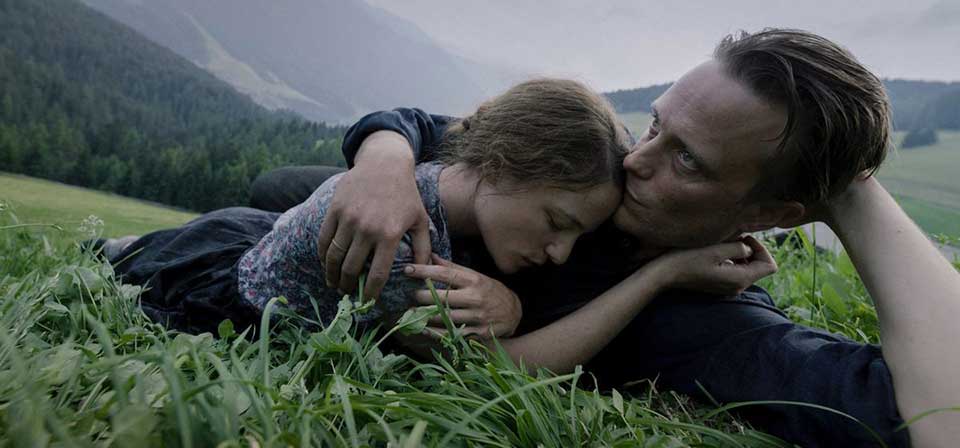
A Hidden Life (2019)
An ecstatic, anguished three-hour cinematic hymn, Terrence Malick’s A Hidden Life sings the life and death of Blessed Franz Jägerstätter in asymmetrical binary form, in contrasting theologies — theology and anti-theology — of the body.

Fátima (2020)
Marco Pontecorvo’s Fátima is the first screen version of the Marian apparitions at Fátima and the “Miracle of the Sun” I’ve seen that feels like the characters are living through the story’s events in the present tense.
The Ninth Day (2004)
The Ninth Day digs beyond rote charges of ecclesiastical complicity and counter-arguments to explore various levels of resistance and protest — and their consequences.
The Gospel of John (2003)
It is, so to speak, not "based on" St. John’s Gospel at all, so much as it is St. John’s Gospel — visualized and enacted to be sure, and to that extent interpreted and glossed, but not "adapted" in the usual sense.
The Life and Passion of Jesus Christ (1905)
The Life and Passion of Jesus Christ is a remarkable relic from the very dawn of cinema.
The Mission (1986)
From the unforgettable opening sequence, with its stunning depiction of the martyrdom of a silent Jesuit missionary at the hands of equally silent South American natives, the film is shot through with piercing, haunting imagery, pictures of enduring imaginative force.
The Prince of Egypt (1998)
Witness the astonishing animation of scale at work in capturing the towering monuments of Egypt, or the host of departing Hebrews: few if any traditional animated films have ever captured the sheer sense of size in this film. Watch the subtle storytelling in an early scene as the infant Moses, caught up in the Queen’s arms, eclipses the toddler Ramses in her line of vision, leaving him standing there with outstretched arms; foreshadowing the rivalry and ultimately the enmity between the heir to the throne and his Hebrew foster brother. Notice the small details in those quiet numinous moments: the pebbles rolling back at Moses’ feet at the burning bush; the halo of clear water around his ankles as the Nile turns to blood; the horror of an Egyptian servant as the surface of the water bubbles and the first frogs begin to flop out of the river onto the palace stairs; an extinguished candle flame or an offscreen sound of a jar crashing as the destroying angel swirls in and out among the Egyptians.
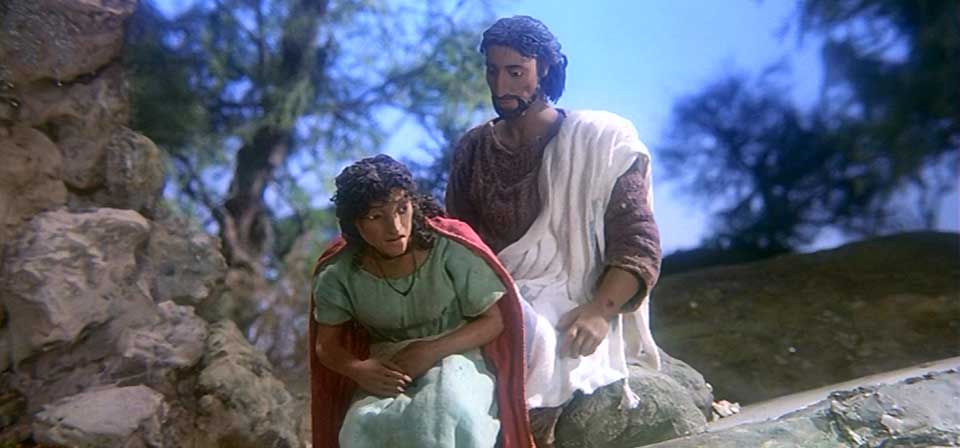
The Miracle Maker (2000)
Fiennes sounds like a man improvising a public speech as he delivers long-familiar words about the house on the rock or the parable of the mustard seed. His Jesus is attractive, composed, commanding, and compassionate; he can rise to righteous anger (as at the cleansing of the temple), but has an acute sense of humor (seen particularly in satirical parables such as the log in the eye).
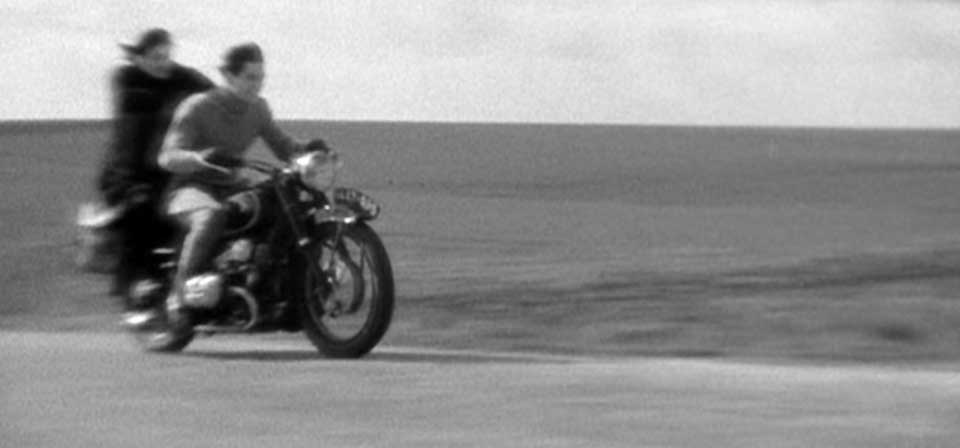
Diary of a Country Priest (1951)
Faithfully adapting its source material, Catholic novelist Georges Bernanos’s fictional autobiography of a soul, the film profoundly contemplates the spiritual meaning of suffering and persecution, conversion and incorrigibility, and the dark night of the soul with a rigor and insight evocative of Augustine’s Confessions or Thérèse’s Story of a Soul.
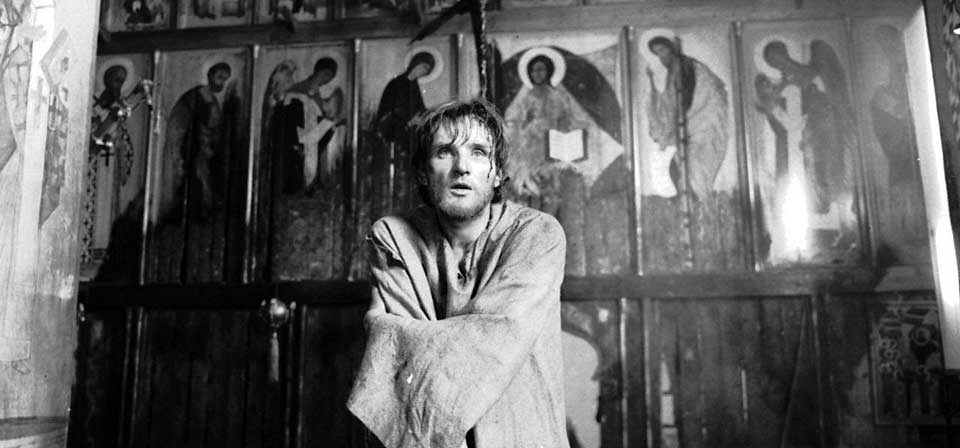
Andrei Rublev (1969)
The notion of art as a "religious experience" is sometimes bandied about too freely. Tarkovsky is one of a handful of filmmakers for whom this ideal was no cheap or desanctified metaphor, but literal truth.
Faustina (1995)
Without context or explanation, Lukaszewicz plunges the viewer into Faustina’s world, confronting us with with an early experience from Faustina’s childhood, challenging us to take this story on its own terms. It’s a surprisingly powerful approach, as transcendent in its own way as the restraint of Bresson or Dreyer.
The Face [Jesus in Art] (2001)
The Face, a remarkable two-hour documentary produced in conjunction with the Catholic Communication Campaign, is a visually sumptuous and spiritually rewarding exploration of Christian art that surveys the history of how Jesus Christ has been portrayed, and how Christian teaching has been understood, interpreted, and given different emphases by the art of different times and places.
The Son (2002)
A tightly wound, middle-aged carpenter named Olivier (Olivier Gourmet) works with young boys at some sort of center. His inner life, his motives and emotions, aren’t revealed to us, and he doesn’t seem preoccupied with them himself. He wears a leather back brace, and has perhaps been injured at some point; and his work itself may be a similar sort of prop against some injury of his past.
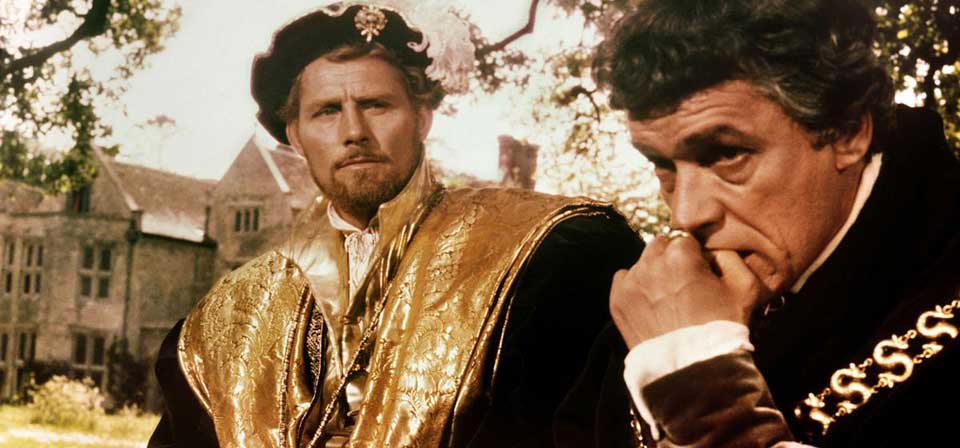
A Man for All Seasons (1966)
The screenplay, well adapted by Robert Bolt from his own stage play, is fiercely intelligent, deeply affecting, resonant with verbal beauty and grace. Scofield, who for years starred in the stage play before making the film, gives an effortlessly rich and layered performance as Sir Thomas More, saint and martyr, the man whose determined silence spoke more forcefully than words, and who then spoke even more forcefully by breaking it.
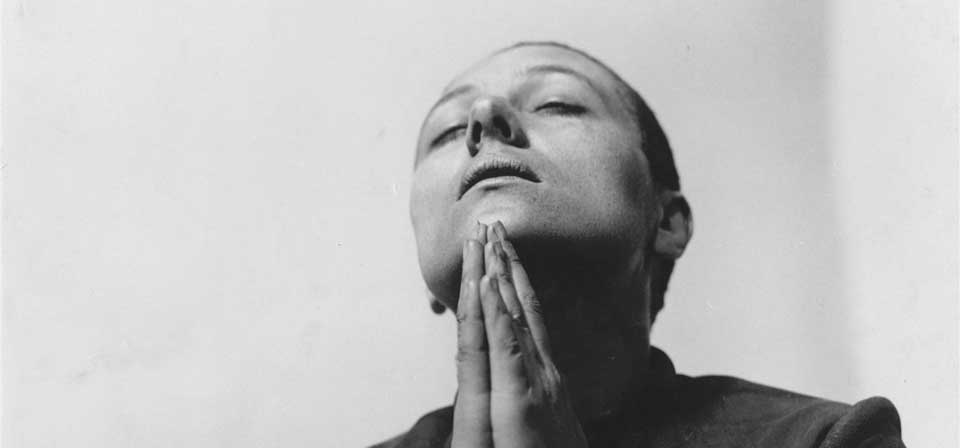
The Passion of Joan of Arc (1928)
The film is more than a dramatization, more than a biopic, more than a documentary: It is a spiritual portrait, almost a mystical portrait, of a Christ-like soul sharing in the sufferings of Christ.
Chariots of Fire (1981)
Two very different approaches to religion and sport are at the heart of Chariots of Fire, a period piece that explores timeless themes of temporal ambitions and higher purposes, of commitment and sacrifice, of ability and spirit.
Recent
- Are there too many Jesus movies?
- Antidote to the digital revolution: Carlo Acutis: Roadmap to Reality
- “Not I, But God”: Interview with Carlo Acutis: Roadmap to Reality director Tim Moriarty
- Gunn’s Superman is silly and sincere, and that’s good. It could be smarter.
- Elio is a space adventure that Toy Story’s Andy would actually enjoy
Home Video
Copyright © 2000– Steven D. Greydanus. All rights reserved.